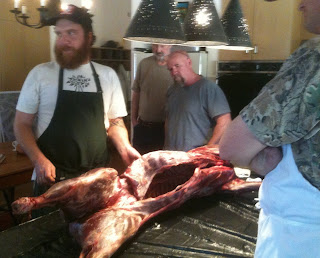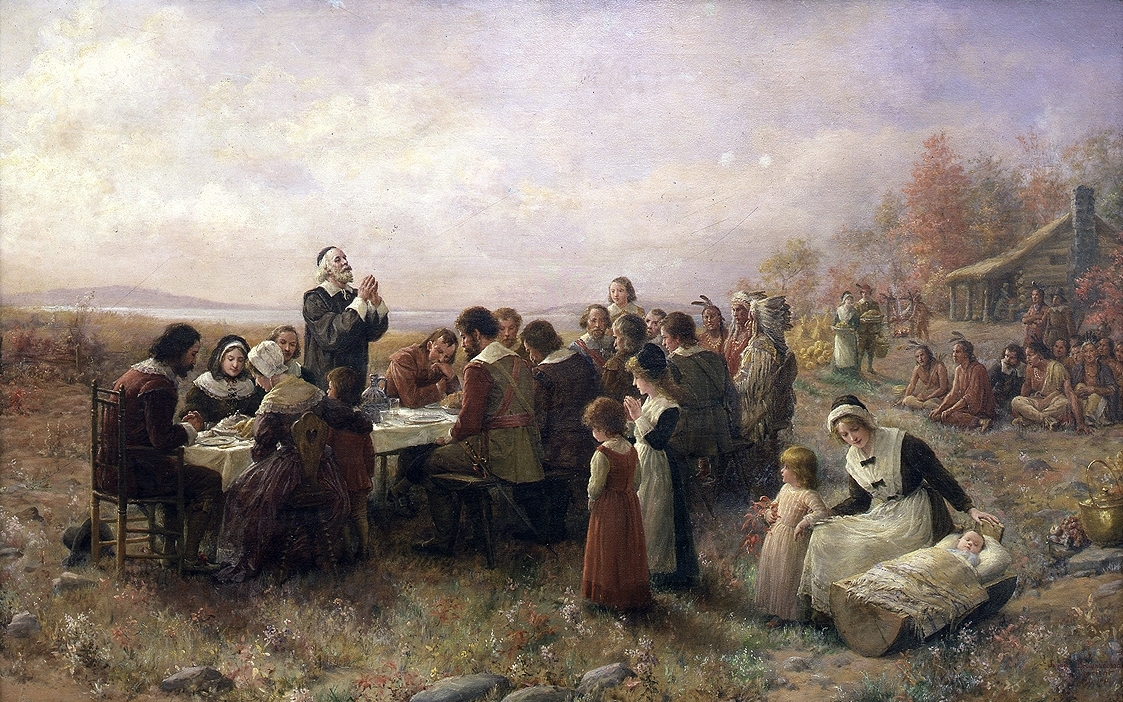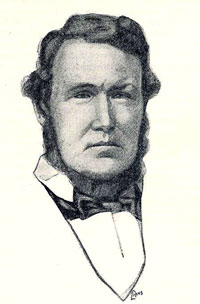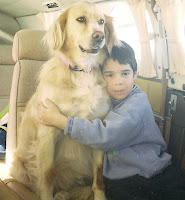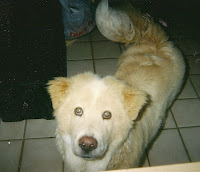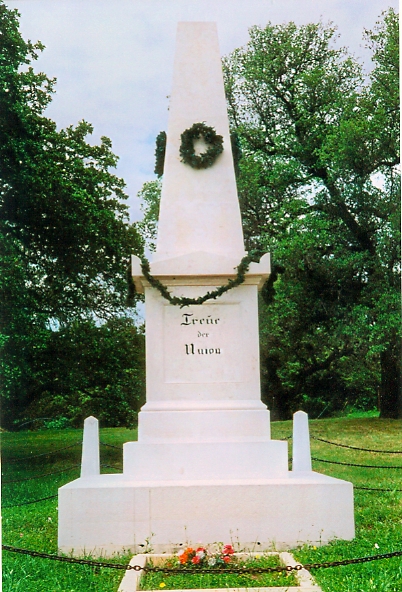The relentless sunshine of the current weather here in Austin might make those in the Midwest or on the East Coast sigh with envy. A photo on the front page of Tuesday’s New York Times shows an Ohio man ineffectually fending off the great whorls of snow around him with an umbrella. His head is bent, his shoulders hunched, his attention presumably forced inward. Strangely, as I bask in the sunshine, I’m the one who’s a little envious.
Not of the cold, certainly—I start getting chilly when the temperature drops below eighty degrees. But what I see in the picture is someone forced by the world to withdraw his attention from it, to shift his focus inward, even if it’s just to check in and notice that he’s cold. He won’t be able to stay out for long; he must retreat inside.
In one of her typically wonderful blogs, our friend Joy recently wrote an homage to darkness, to the gestational, inward gaze of the season of Advent. The punch line is, of course, that great discipline is required to move inside at this time of year, when a blizzard of parties, shopping, and end-of-year scrambling—or of loneliness and loss—assaults us. Frequently, we just sit out there in the cold, not realizing that we can go inside. Another friend of mine, prone to good works, told me that when she was pregnant and people called asking her to do something, she would look at her waxing belly and say, “Sorry, I’m busy,” and then go back to sitting quietly. Even as we attend to the frenetic tempo of this singular season, something beckons us, at least occasionally, to go inside and sit, maybe in the dark.
And what awaits us inside, in the dark? Well, any child can you tell that: scary stuff! Chupacabras (that’s one in the picture at the top of this page, by the way)! Things with too many legs and too many teeth and not enough eyes! With too much hair or not enough, with horns and scales and long dirty nails! The list of monsters gets less imaginative but no less scary as we get older: past humiliations and failures, anxieties about money, relationships, reputation, health, death. All those things wait for us in the dark. (Of course, sometimes they wait for us in broad daylight as well.)
But that’s not all that waits there. Wendell Berry, my favorite grumpy sage, has advice on how to get by the monsters:
I go among the trees and sit still.
All my stirring becomes quiet
around me like circles on water.
My tasks lie asleep in their places
where I left them, like cattle.
Then what is afraid of me comes
and lives in my sight.
What it fears in me leaves me,
and the fear of me leaves it.
It sings, and I hear its song.
Then what I am afraid of comes.
I live for a while in its sight.
What I fear in it leaves it,
and the fear of it leaves me.
It sings, and I hear its song.
Those things we fear, according to Berry, have their own songs if we sit still and listen for them. In this particular collection of poems, A Timbered Choir: The Sabbath Poems 1979–1997, the forest is his place of Sunday worship, where he brings his deepest questions and listens to the forest’s exhalations, to the words made of branch rustle and river rush and birdsong, iterations of the original Word spoken by God in the beginning. Berry is not alone when what he is afraid of approaches him; he’s in the midst of a community he knows intimately.
This kind of trope can dissolve into rank sentimentality and cruelty when those in the midst of the light and bustle use it to admonish those sitting in the sight of what they fear to buck up. But Berry’s language in this collection is rooted in an ancient warrant for the practice of sitting in the company of chaos and darkness: when, as God began creating, God shared space with the tohu-bohu, the formless void, with the darkness, and with the deep. Through them came the words: Let there be. And what came to be was good. It sang.
The fears don’t have the last word in the poem: Here’s the final verse:
After days of labor,
Mute in my consternations,
I hear my song at last,
and I sing it. As we sing,
the day turns, the tree moves.
Only after he labors and rests from his labors, after he sits quietly and listens to the songs of what fears him and what he himself fears, does Berry hear his own song. Only then is he able to join the singing already in progress, a singing that harmonizes with a wider reality (the turning of the day) and the immediate reality (the moving of the trees).
Whether or not you’re observing Advent, the deepening shadows of the season encourage most of us to move inside and prepare ourselves for this inexorable guest, darkness. Some of us will cook, some of us will shop, some of us will wrestle with monsters and despair, some will not pause from our labors or notice anything at all. If possible, go sit quietly among the bare trees. Or sit hospitably at home with whatever invisible reality is leavening within you and tell everyone you’re busy. Then go find your community and sing.
What we’re reading
Heather: C. S. Lewis, The Screwtape Letters
Martin: John le Carré, Our Kind of Traitor


